You might remember it from 2017, the summer blockbuster: The Year of the Boot. Everyone was talking about it here in the Thousand Islands: a 130-year-flood, the flood of a lifetime. Sequels are the bread and butter of Hollywood, so Mother Nature decided to jump on the bandwagon and create a sequel of her own.

We first heard there might be a sequel in the offing back in April. Our dear friends and fellow Grenellians, Kym and Larry Asam, arrived on Grenell late last April to snow flurries. Sometime during the week, Larry did a float-by of our place and sent a couple of pictures. The water looked high.

Husband Gary dutifully checks the U. S. Army Corps of Engineers website every Friday for the weekly update and forecast. So we were aware that we were probably in for another “high water event.” We’d already experienced the flood of a lifetime, an all-time high, right? So, we knew what to expect. Gary had built platforms for our boathouse appliances after the water receded in 2017. Before we closed last season, we made sure that anything that couldn’t survive high water was placed on a shelf or a platform. Let the high water come. We were prepared. At least we thought we were.

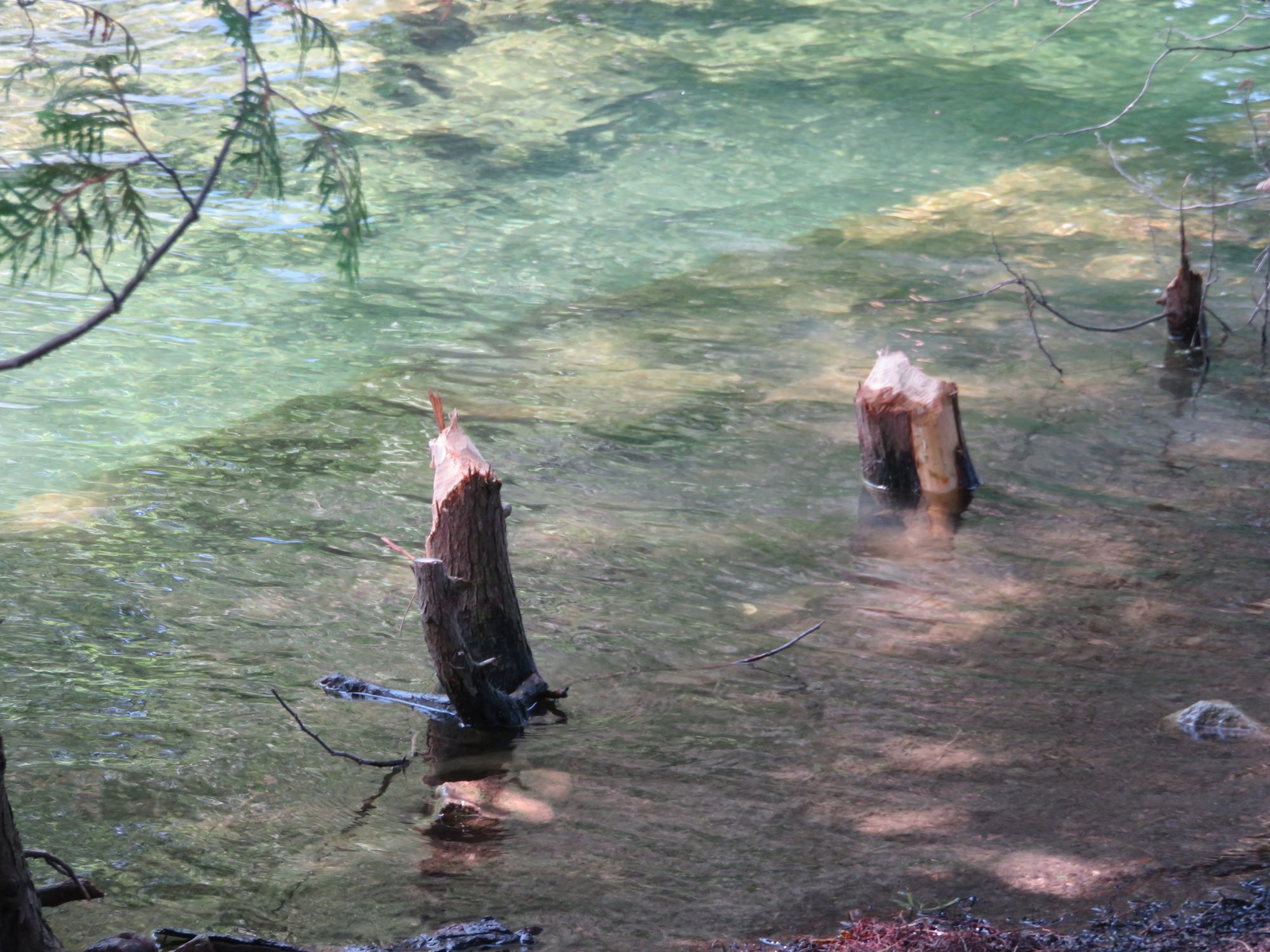
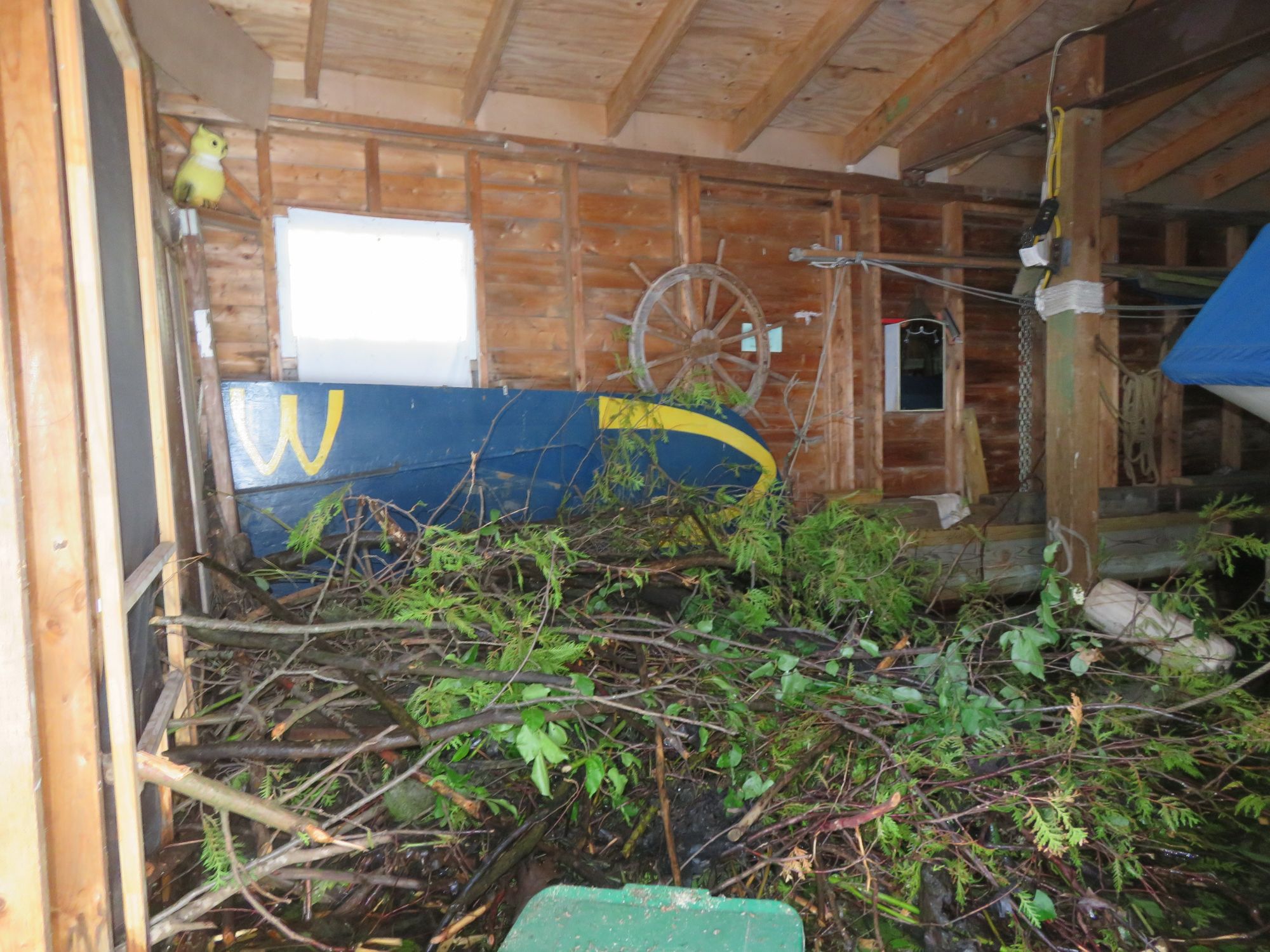
We were in Norway when we received an email from our neighbor, Wayne that our washer, dryer, refrigerator and generator were in peril. With the aid of the Sweetapples, Steve and his daughter Emma, the three removed the washer, dryer, and generator from the workshop/laundry boathouse to higher ground. They hoisted the refrigerator in the east boathouse up on yet another pair of timbers. Apparently, the flood of a lifetime was not in2017. While we were thousands of miles away in Norway, we realized that in 2019 the waters, had risen even higher than in 2017.
But as any good filmmaker knows—and apparently so does Mother Nature—you cannot simply remake the original. You have to add some interesting plot twists and turns. In the Year of the Boot II—the Sequel, that meant higher water. And as many sequel aficionados know, sometimes a sequel is only as good as its “villain.” In swims our villain for Year of the Boot II, The Sequel, not just one beaver, but an entire family. When our neighbors unlocked the door to the east boathouse, they were stunned by what they found there. In the northwest corner of the boathouse was a huge beaver lodge rising three feet above the surface of the water and about twelve feet in diameter. As they were frantically trying to raise the refrigerator and shove 8 x 8 timbers underneath it, a mother beaver was swimming about slapping her tail and trying to scare them off. They noted four or six tiny kits in the water.
Only when we arrived did we learn the source of material used for this beaver lodge. The beaver—I resisted my urge to call it the evil villain—had taken down nearly all the cedars my mother-in-law planted in the 1980s from tiny seedlings she’d found elsewhere on our point. She had coddled and pampered them until they had grown tall and full and created a lush, greenery screen along our channel wall. Seeing the gnawed stumps sticking out of the water was disheartening. All those decades of work taken down, hauled off, and now piled inside our boathouse. Days later I found that the beavers had also taken down our younger granddaughters’ white pines, white pine seedlings assigned to them the year they were born—and designated as their trees. Our eldest daughter’s white pine survived the carnage but was missing all its bottom branches.

When we arrived, the water in the boathouse was over the top of our boots, too deep for us to even get a peek at the beaver lodge in our boathouse. We watched for, but didn’t see any beaver activity around our boathouse. Finally, a strong northeast wind caused the water to drop, and we got our first peek at the lodge. Luckily, there were no beavers about. I suppose our refrigerator rescuers had scared mama enough that she decided to abandon the lodge and relocate somewhere else. Let the clean-up begin!
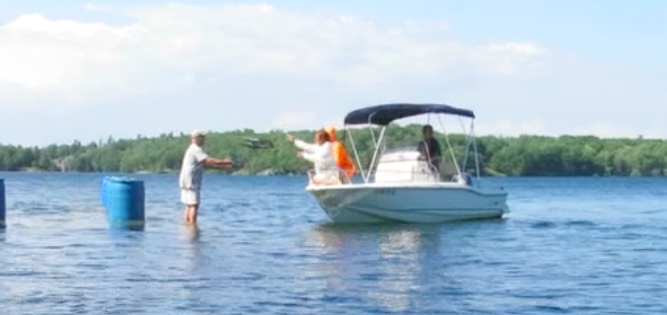
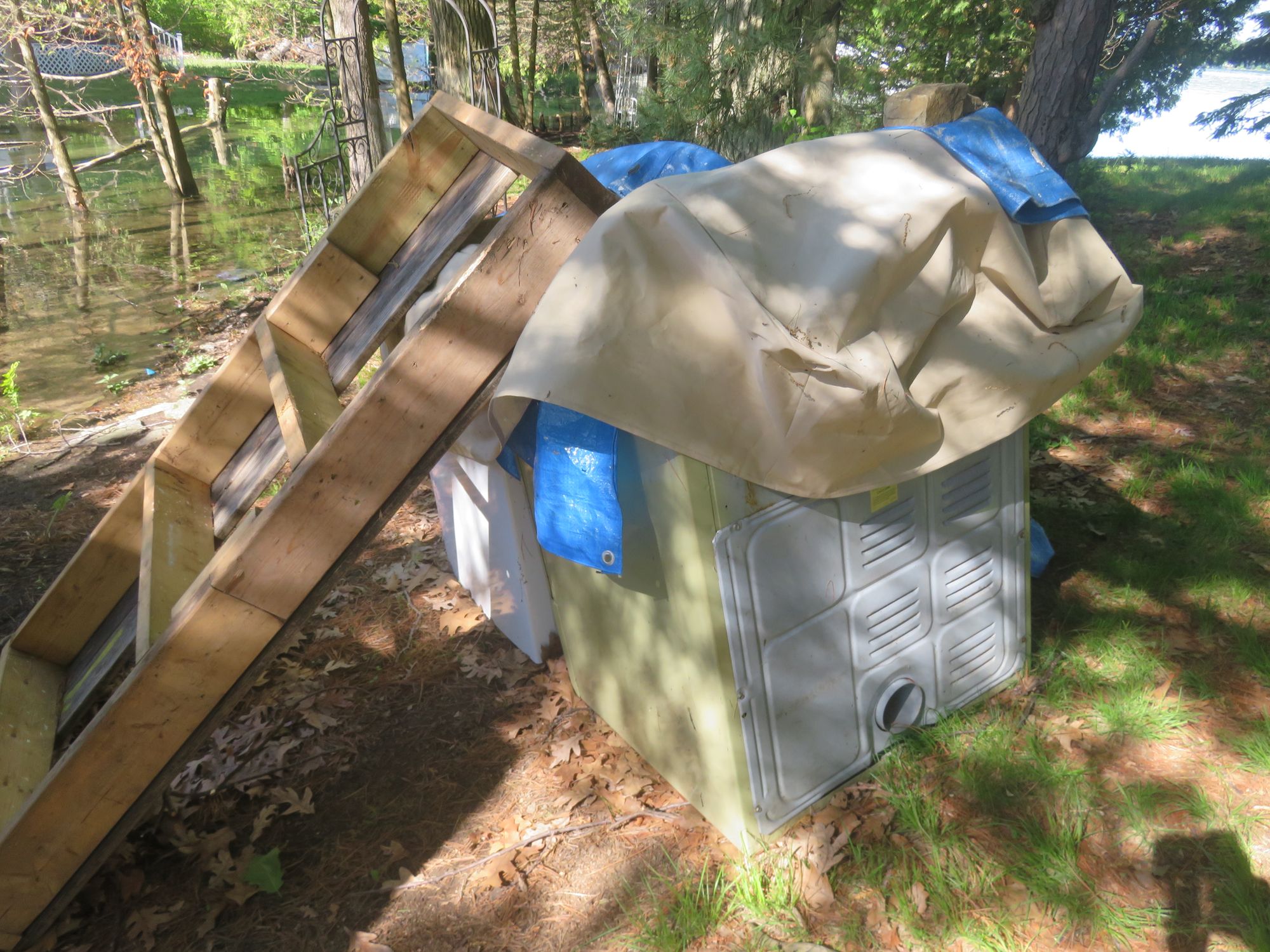
Gary dismantled the lodge, relocating it on a rock near our dock, so it could dry out and then later join the burn pile. Once the lodge was removed, we saw other damage to the boathouse. Obviously, our boathouse didn’t quite fit our web-footed architects’ qualifications, so they had to make modifications, like chewing into wall studs and gnawing an entrance hole through the floor. But the saddest revelation was that the beavers had gnawed away the watertight compartment of Little Mac, the small hydroplane Gary had made the first year we were married. (see Wooden Girl Friends November, 2017) Not everyone can say, “A beaver ate my boat!”
The high water has affected many aspects of our life on Grenell. Our bridge is underwater and our channel has widened into a thigh-high moat that effectively cuts us off from the rest of Grenell. A simple walk to the post office in the Community House for our mail is not so easy now. It requires boots, plastic bags and time.

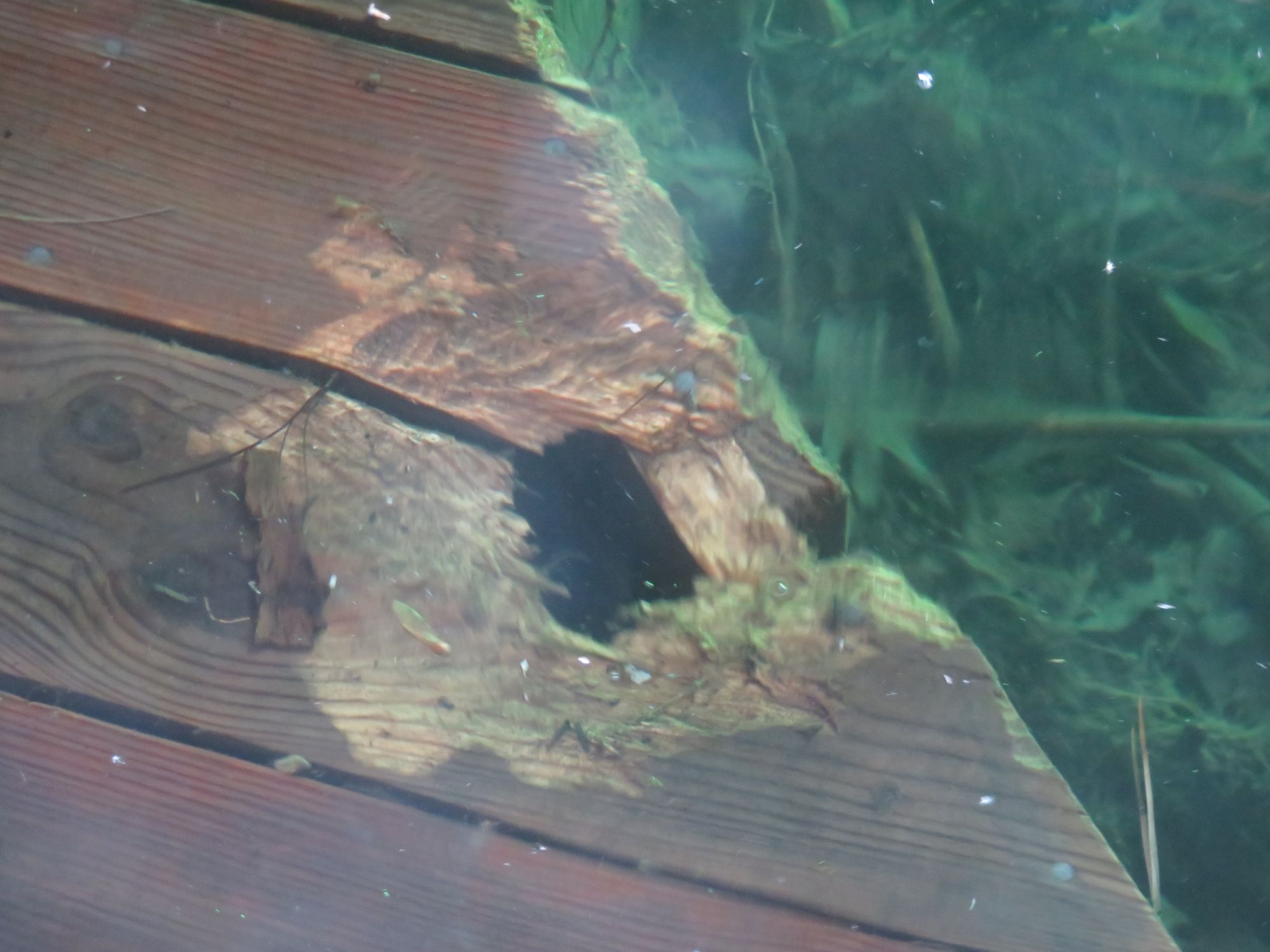
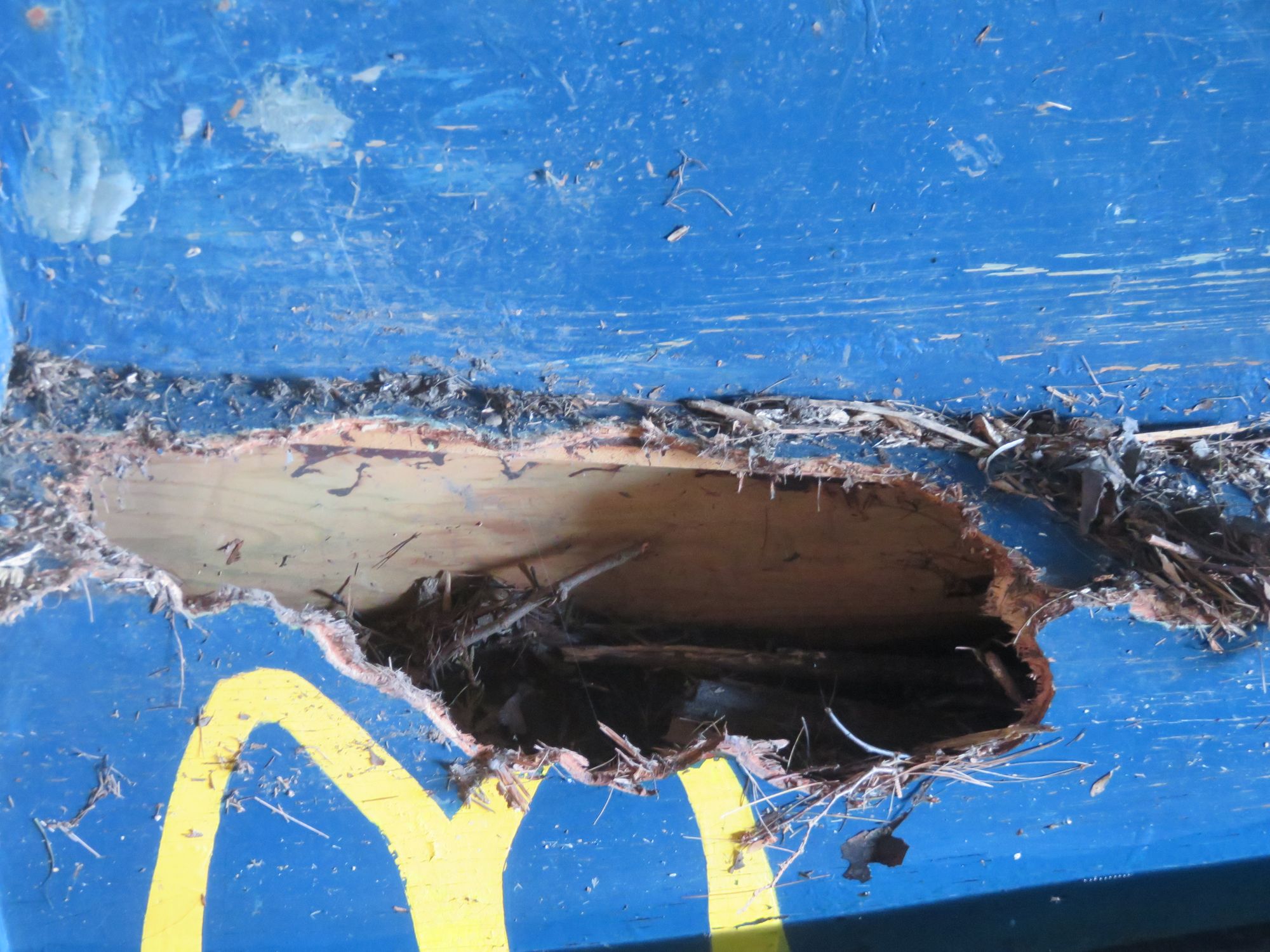
With our washer and dryer disconnected and located on high ground, I decided to try washing laundry 1880s-style using a washboard. How nice that I had one on hand! This was an enlightening experience and I’ve garnered new appreciation for both my grandmothers who raised large families without the aid of washing machines. Docking at a dock, which is knee-deep underwater, is challenging. Unloading groceries and slogging through chilly water and across decks, slick with algae, gets tiresome.
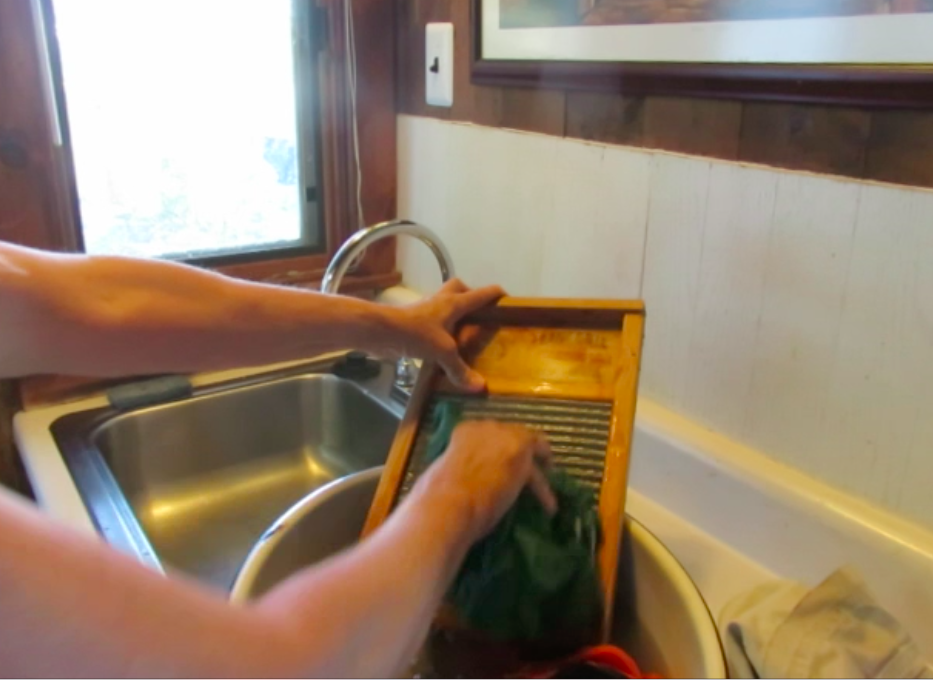
When I talk with non-islanders about our plight, I can almost hear the unasked question in their voices. Why are you there? Wouldn’t it be better to just go back to Florida and a normal lifestyle? It isn’t the most ideal situation, but we couldn’t fathom not being here.
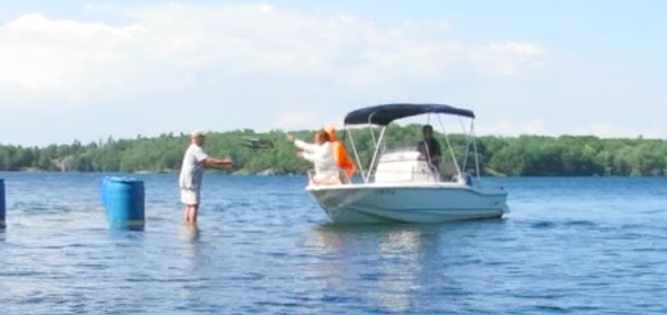
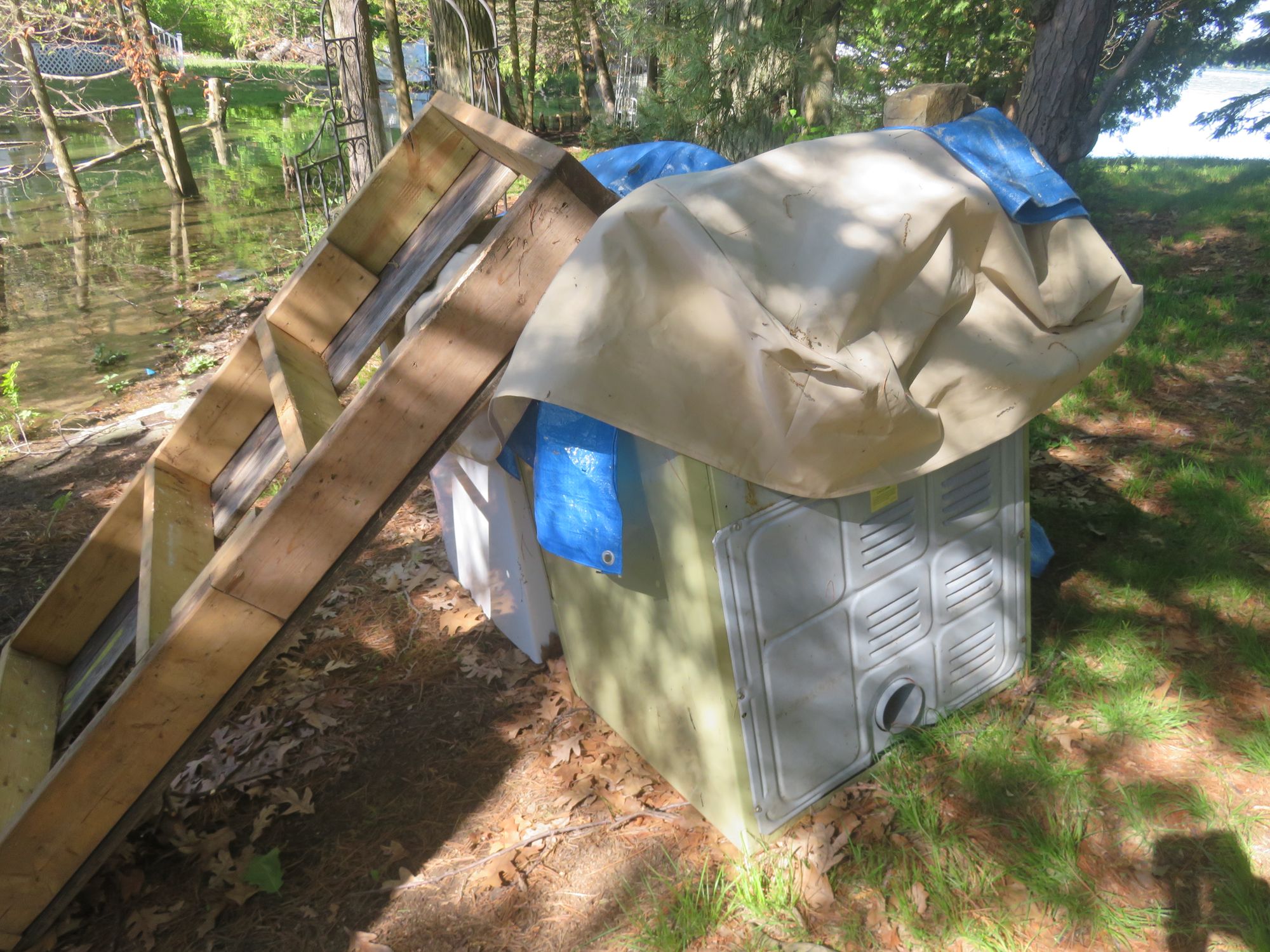
Once June rolls around, this is where our hearts long to be here on Grenell surrounded by the beautiful St. Lawrence River. What’s the expression? Come hell or high water? Well, let’s amend that to “beavers or high water.” Island life is always an adventure. I think the challenges we face help keep our minds engaged, enlivens our zest for life, and the shared challenge unites us as islanders.
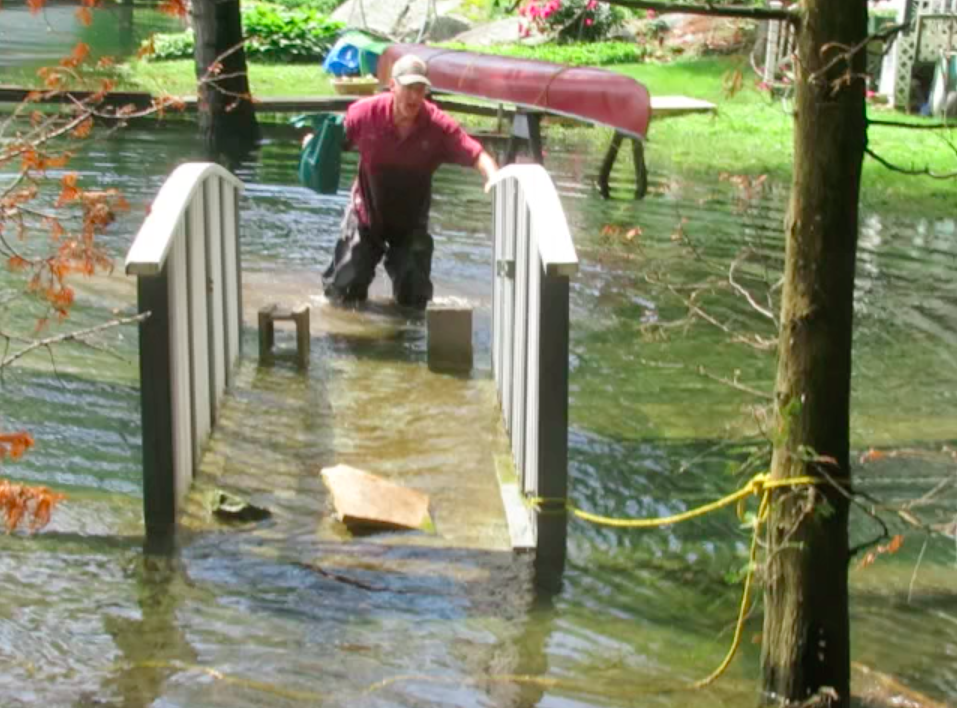
Our Grenell Island president had a hard time quieting everyone down at our first Association meeting at the end of June. It was not a glum or dour group that gathered that morning; everyone was laughing about our footwear, trading tales, and offering solace and advice.

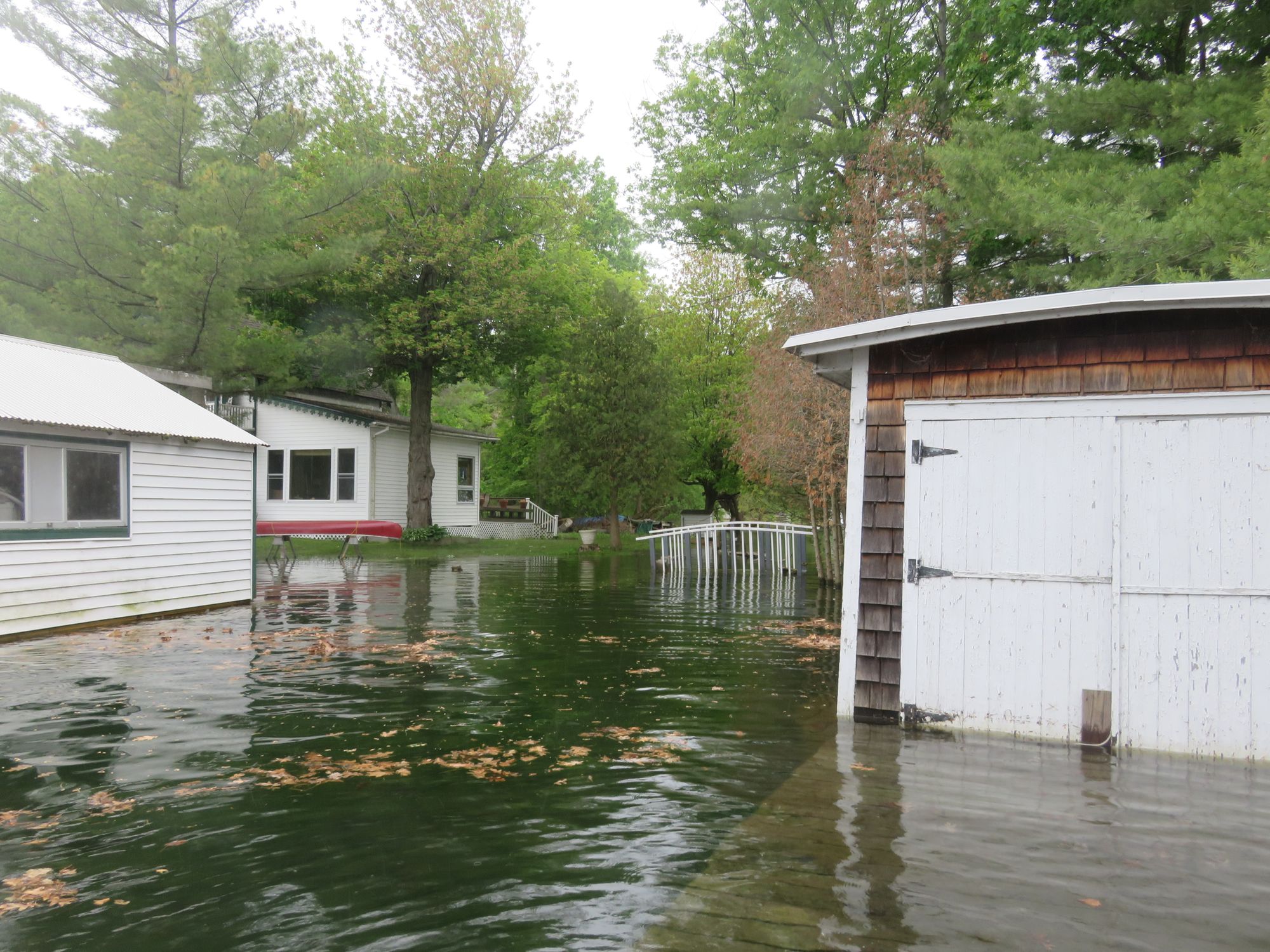
The Year of the Boot II the Sequel will be something we islanders will talk about for years, decades.
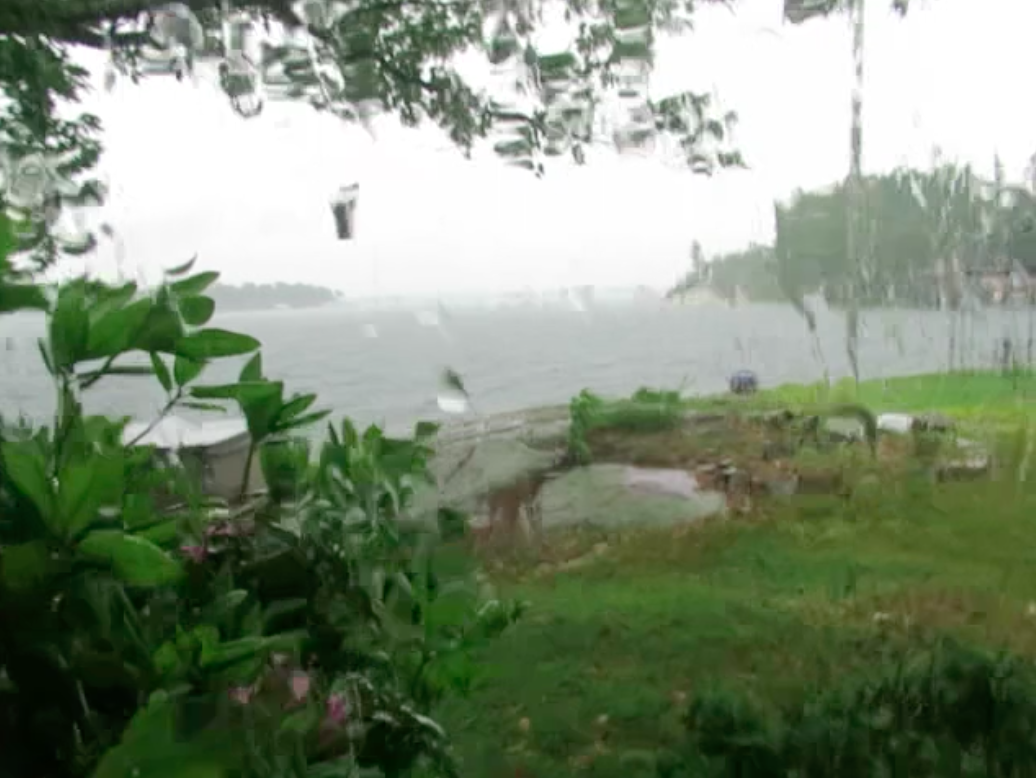
It will be woven into the lore of Grenell with stories about how Gary fell while crossing “the moat” in hip waders and how the neighbors rallied to rescue the McElfresh’s refrigerator while they were away on a trip somewhere. Islanders embrace island life--beavers, high water, and all. But just to let you know Mother Nature –there doesn’t need to be a Year of the Boot III.
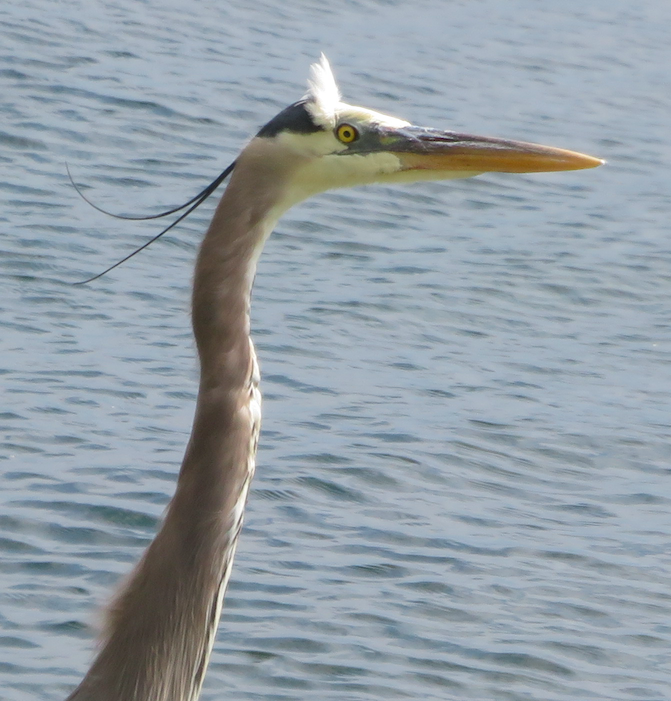
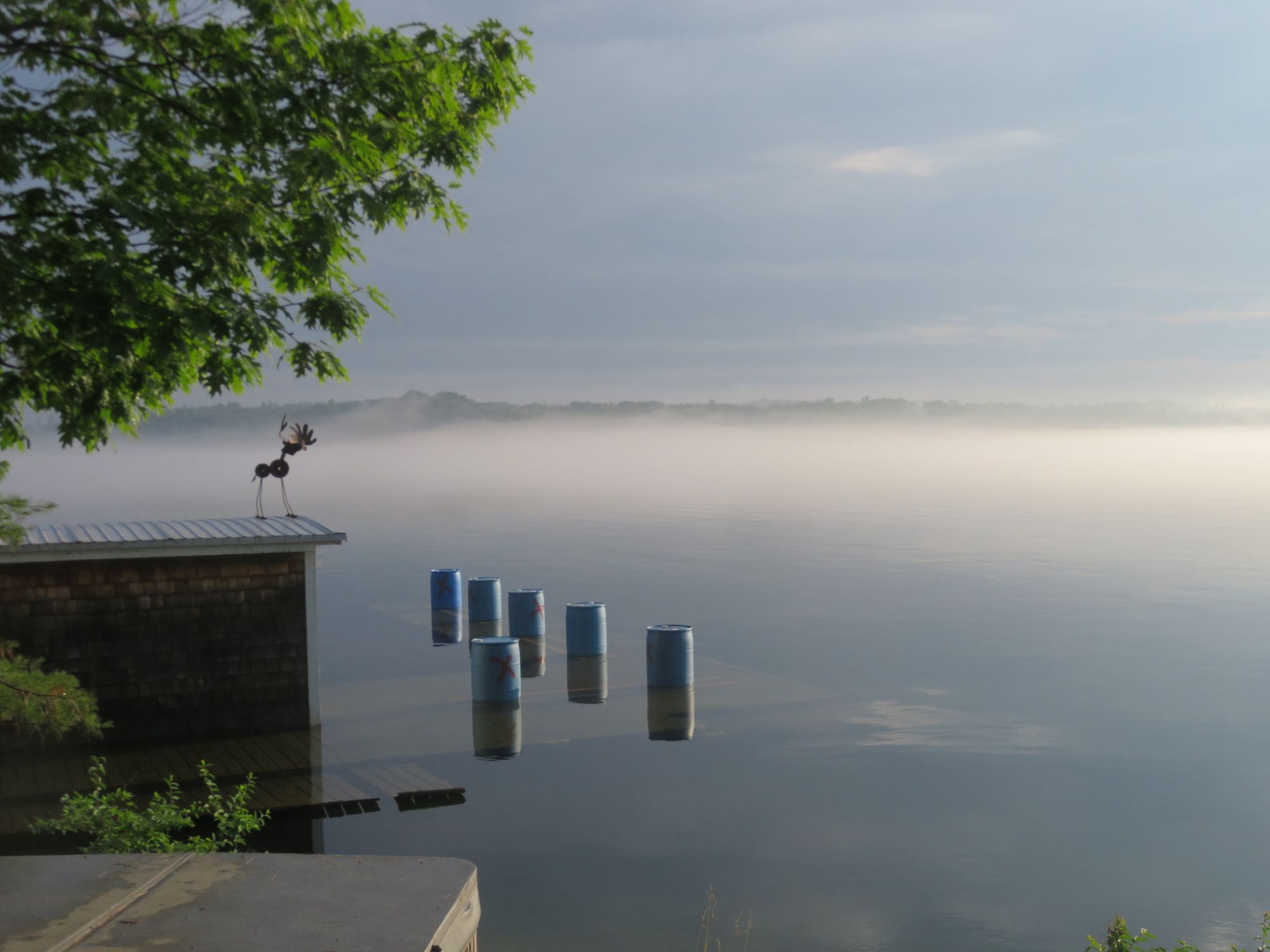
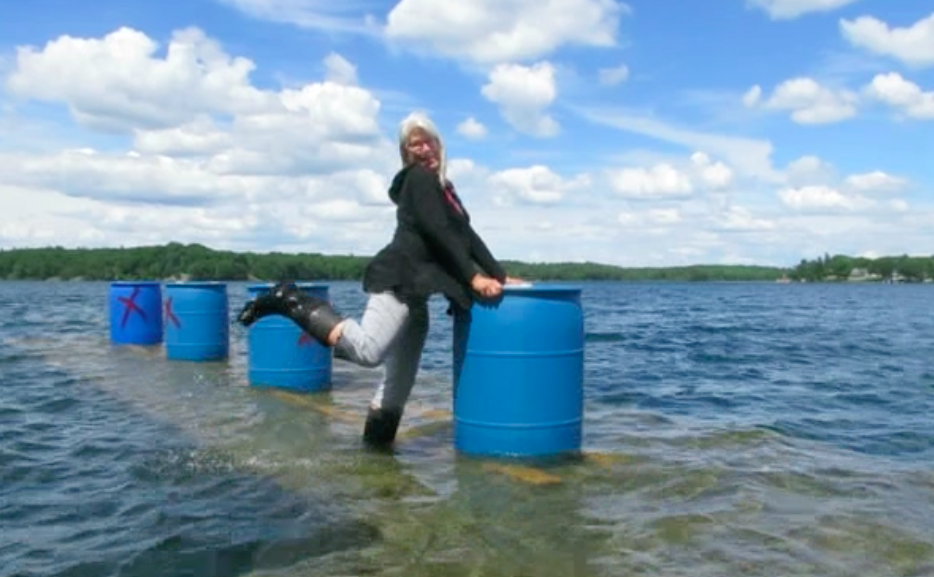
By Lynn E. McElfresh, Grenell Island
Probably the only thing we liked about 2017 and the high water was Lynn McElfresh's article: Year of the Boots. Well like Mother Nature... she has come back!

Lynn came to Grenell Island for the first time to meet her fiancé’s family, in 1975. She became part of the family, and the island became part of her life. Lynn and her husband, Gary, spend their summers in the Thousand Islands and their winters in Dunedin, Florida. To see all of Lynn’s island experiences, search TI Life under Lynn McElfresh.
And as an added bonus we announce Lynn's first of nine novels... Grenell 1881, now on sale in several River locations. Buy it, read it and enjoy it!
Posted in: Volume 14, Issue 7, July 2019, Nature, Places
Please click here if you are unable to post your comment.
